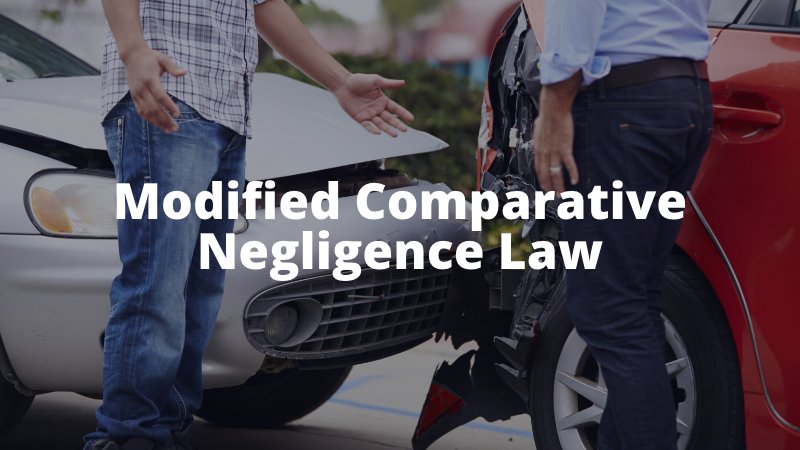Understanding Comparative Negligence in Wisconsin Car Accidents
If you were partially at fault for an accident, this does not necessarily mean you cannot recover compensation for your car wreck. However, it might complicate your claim and make it even more important that you have legal assistance from a qualified personal injury attorney. A lawyer from Mingo & Yankala, S.C. can review the circumstance surrounding your case and explain how comparative negligence may impact your case.
What is Comparative Negligence?
In many car accidents, more than one party is at fault. It can be difficult to determine who is at fault and to what extent. The rules regarding comparative negligence help to deal with these situations.
Different states deal with a victim’s own negligence in different ways. Wisconsin uses a modified comparative negligence system when a victim contributed to the accident. Under this system, accident victims can still pursue a personal injury claim against an at-fault party as long as their degree of negligence is less than that of the defendant. However, the potential compensation they can recover is reduced by their degree of fault for the accident.
How Does Comparative Negligence Work in Wisconsin?
Here is an example of how comparative negligence would work in a Wisconsin car accident case:
Driver A was driving 5 mph over the speed limit when Driver B crashed into him. Driver B was texting and driving and did not notice that traffic had slowed in front of him. A jury determines that Driver A was 10% responsible for the accident, and Driver B was 90% responsible for the accident. Driver A suffered $100,000 in damages. Because Driver A is 10% at fault for the accident, their recovery is reduced by $10,000, which is equal to 10% of their damages. Driver A recovers $90,000 for the accident.

What is Joint and Several Liability?
Joint and several liability is a legal concept that applies when more than one person is at fault for a particular legal claim. Rather than having to go after each at-fault party individually, the plaintiff can pursue a claim against the party that is 51% or more at fault for the full value of the claim.
How a Lawyer Can Help
An experienced car accident lawyer is familiar with common defenses and arguments that insurance companies and defendants may make in an attempt to escape liability. They can help argue that you were not at fault for the accident or only minimally at fault for the accident so that your compensation is not significantly affected. They can also work to gather evidence to establish the other driver’s fault, such as:
- Car accident reports that indicate the other driver was at fault for the accident or violated traffic laws
- Videos of the accident, including videos from dash cameras, surveillance footage, or traffic cameras
- Photos that show the point of impact between the vehicles, traffic signs, or other factors that may have contributed to the accident
- Statements from witnesses regarding what they observed in the moments immediately before the accident.
If more than one party was at fault for the accident, an accident lawyer can help apportion fault between them, identify all applicable insurance policies, and file multiple claims against them to maximize your financial recovery.
A car accident lawyer from Mingo & Yankala, S.C. can explain complex legal concepts to you that may impact your claim, including comparative negligence and joint and several liability.
